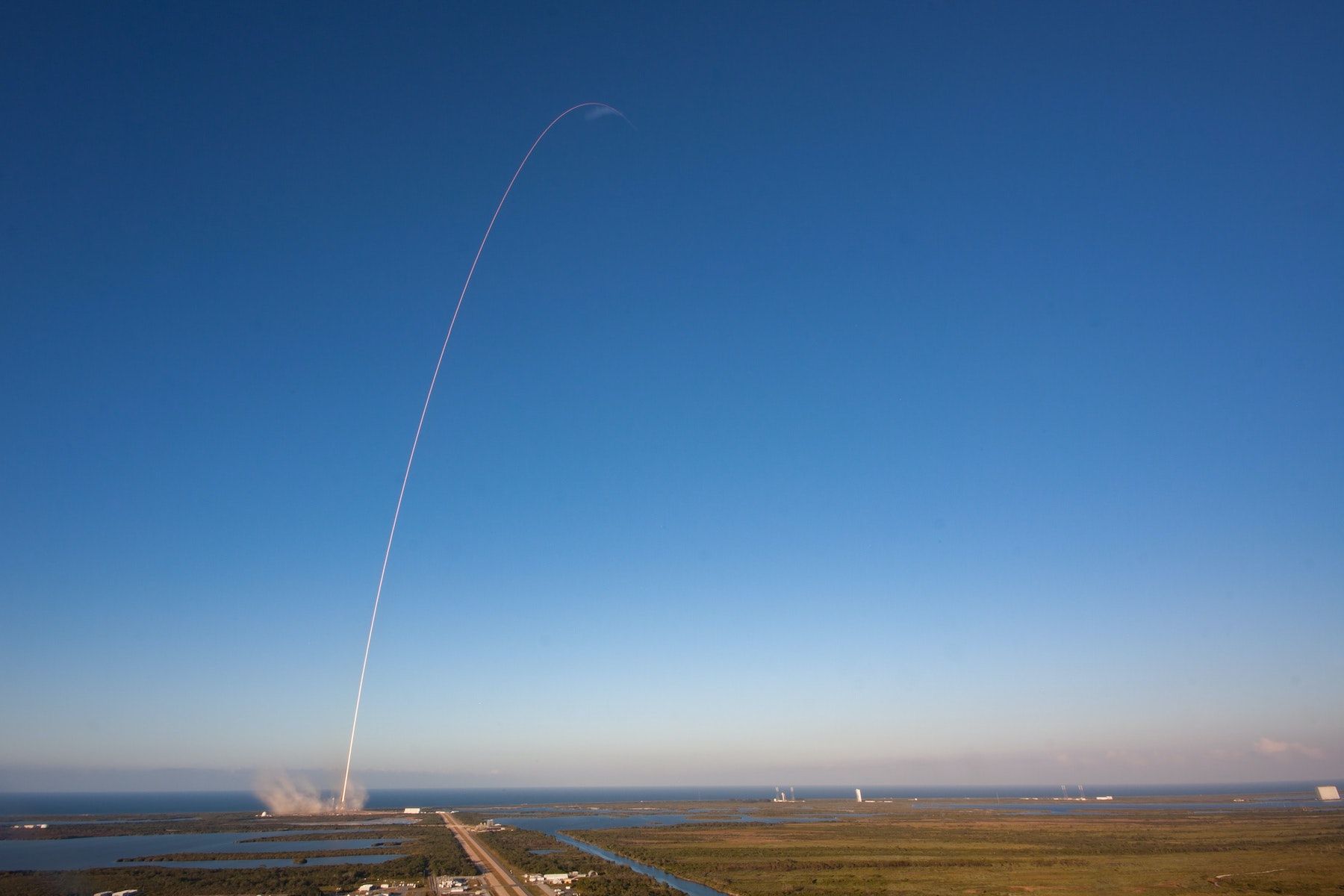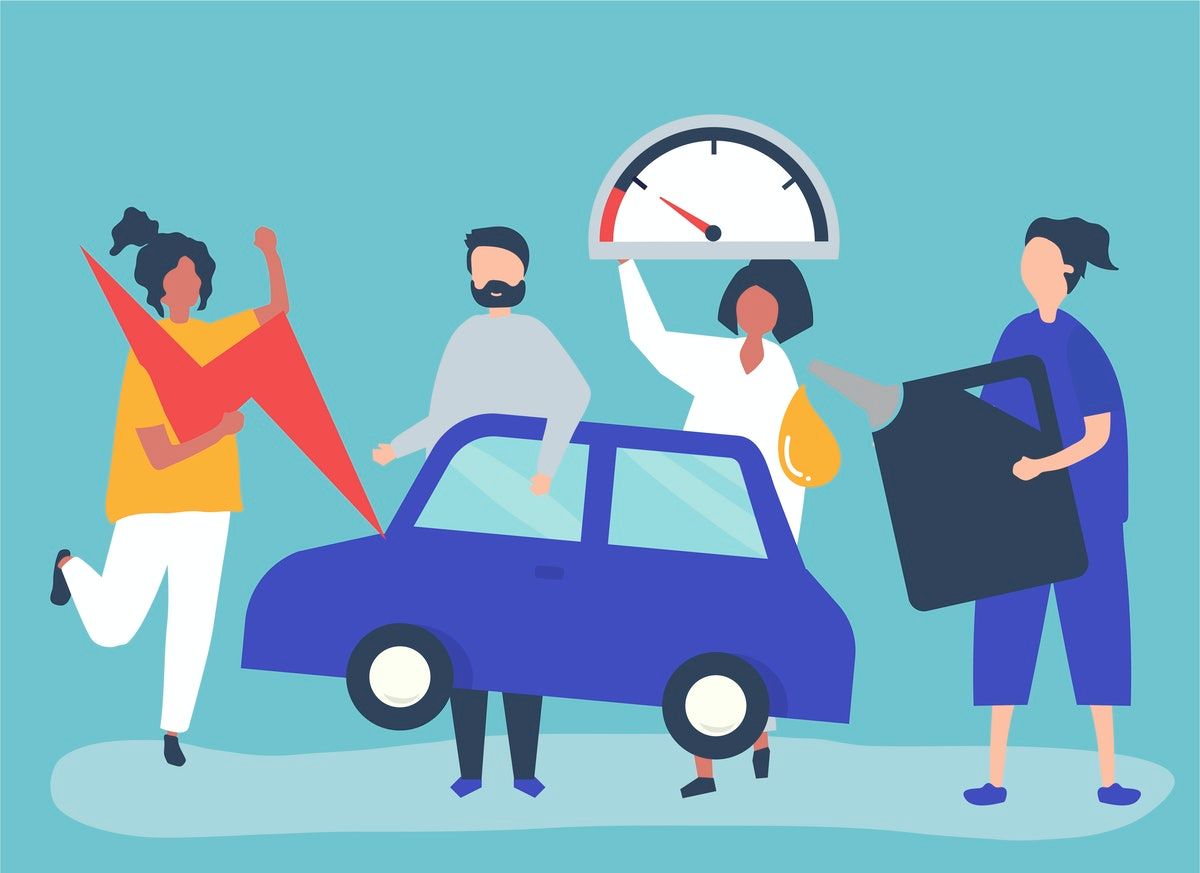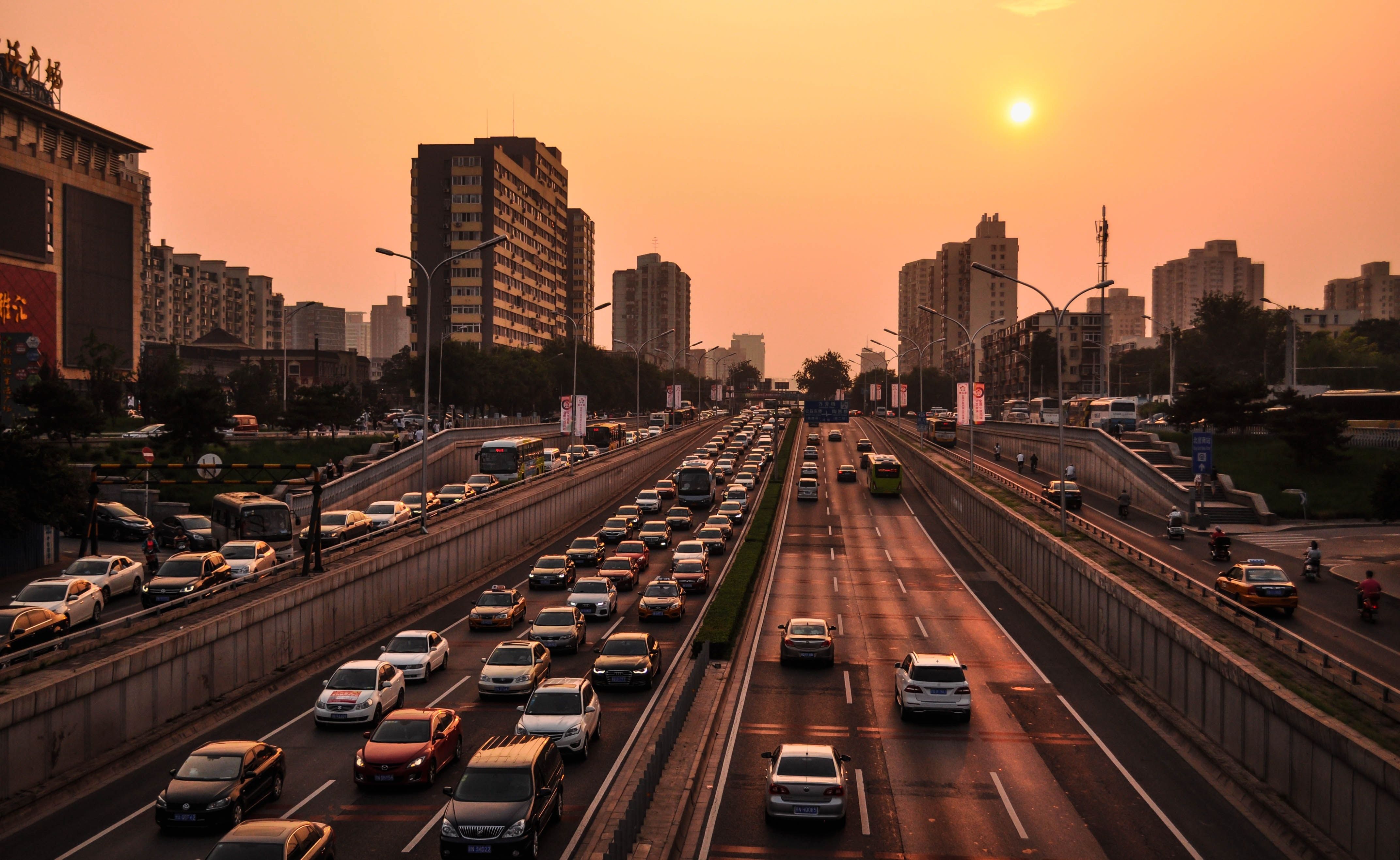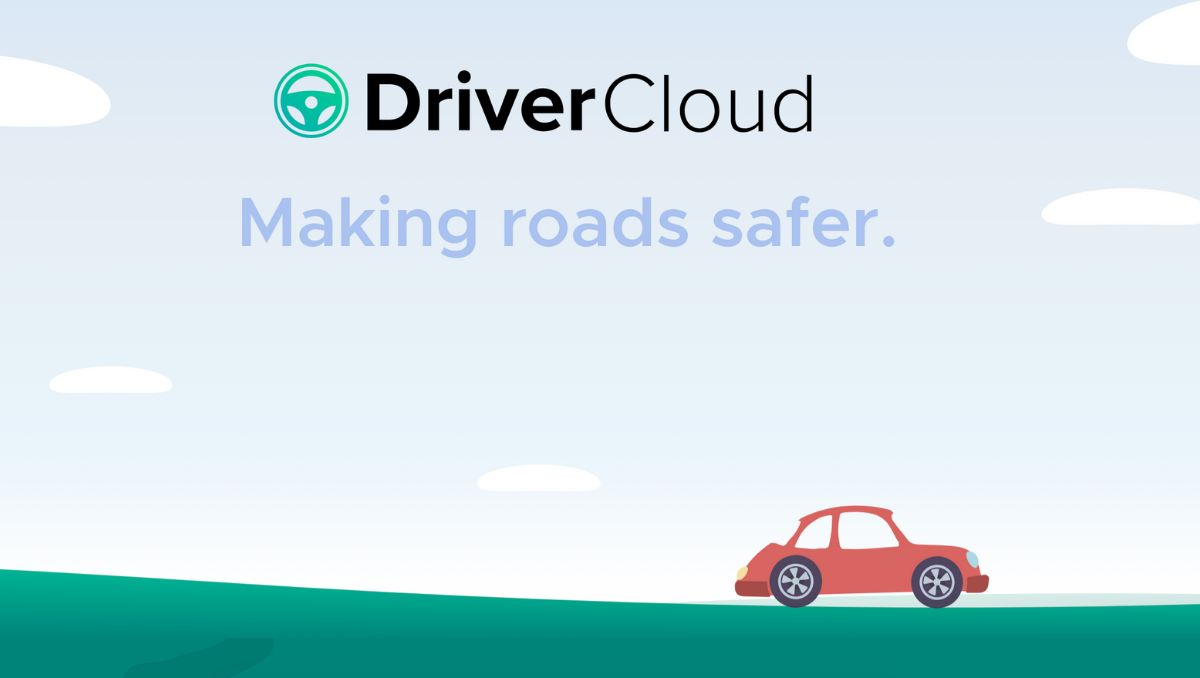
 Automotive industry is getting accustomed to digital era. Brands like Mercedes Benz, which had been manufacturing cars since 19th century, have to reinvent the automotive technology again due to digitalization. Yes, we are about to witness autonomous cars powered by complex connectivity algorithms and sensors.
Automotive industry is getting accustomed to digital era. Brands like Mercedes Benz, which had been manufacturing cars since 19th century, have to reinvent the automotive technology again due to digitalization. Yes, we are about to witness autonomous cars powered by complex connectivity algorithms and sensors.
 Elon Musk promised Tesla robotaxis to be launched in 2020. No Robotaxis are yet to be seen while competitors like Hyundai, Waymo, and Ford make progress.
Elon Musk promised Tesla robotaxis to be launched in 2020. No Robotaxis are yet to be seen while competitors like Hyundai, Waymo, and Ford make progress.
 Robotic Process Automation has generated a lot of buzz across many different industries. As businesses focus on digital innovation, automation of repetitive tasks to increase efficiency while decreasing human errors is an attractive proposition.
Robotic Process Automation has generated a lot of buzz across many different industries. As businesses focus on digital innovation, automation of repetitive tasks to increase efficiency while decreasing human errors is an attractive proposition.
 Rory Angold, United Car Care EVP, Shares What A Driverless Future Means for Auto Insurance
Rory Angold, United Car Care EVP, Shares What A Driverless Future Means for Auto Insurance
 Take a look at a few of the cyber security scenarios which could lead to the end of the world, in true science fiction cinematic fashion.
Take a look at a few of the cyber security scenarios which could lead to the end of the world, in true science fiction cinematic fashion.
 C++ pipeline for LiDAR-based autonomous driving.
C++ pipeline for LiDAR-based autonomous driving.
 How I approached solving an interview task for autonomous driving from 3 different perspectives: RANSAC, PCA, and Ordinary Least Squares (OLS).
How I approached solving an interview task for autonomous driving from 3 different perspectives: RANSAC, PCA, and Ordinary Least Squares (OLS).
 In the on-demand market, ride-hailing is one of the key services that account for a higher percentage of total revenue. Uber is the first ride-hailing app that entered the market and following that many taxi services launched their business in the market. Many taxi apps became successful and are still sustaining in the market. There is so much competition in the taxi service industry. Many small scale taxi services are competing with each other to become the key players in the market.
In the on-demand market, ride-hailing is one of the key services that account for a higher percentage of total revenue. Uber is the first ride-hailing app that entered the market and following that many taxi services launched their business in the market. Many taxi apps became successful and are still sustaining in the market. There is so much competition in the taxi service industry. Many small scale taxi services are competing with each other to become the key players in the market.
 Given the advent of autonomous cars and their growing penetration in the transportation market, it is empirical that companies consider using Swarm Intelligence to tackle traffic and make the daily commute a lot more pleasant for billions around the world.
Given the advent of autonomous cars and their growing penetration in the transportation market, it is empirical that companies consider using Swarm Intelligence to tackle traffic and make the daily commute a lot more pleasant for billions around the world.
 As the years have gone by, entrepreneur Elon Musk has undoubtedly become a household name. His broader visions, and not to mention wealth, has helped him to carve out a legendary mark in outer space and the automotive industry alike.
As the years have gone by, entrepreneur Elon Musk has undoubtedly become a household name. His broader visions, and not to mention wealth, has helped him to carve out a legendary mark in outer space and the automotive industry alike.
 Electric Cars: What Does the Future Hold?
Electric Cars: What Does the Future Hold?
 Only 5% of autonomous driving sensor data is used for product development today. Better data infrastructure holds the keys to progress.
Only 5% of autonomous driving sensor data is used for product development today. Better data infrastructure holds the keys to progress.
 I found myself formless, waking up near the Asset Tree with this predicting platform
I found myself formless, waking up near the Asset Tree with this predicting platform
 Covid-19 has thrown us into an era of great uncertainty. Every industry has been impacted by the devastating pandemic in some way or another, and there’s no sign of a return to normal life in the pipeline any time soon.
Covid-19 has thrown us into an era of great uncertainty. Every industry has been impacted by the devastating pandemic in some way or another, and there’s no sign of a return to normal life in the pipeline any time soon.
 Welcome to the dawn of the self-driving car era, and a subsequent emerging challenge: how to insure them.
Welcome to the dawn of the self-driving car era, and a subsequent emerging challenge: how to insure them.

 Here’s a look at five of the biggest technology trends that will shape the automotive market in 2023.
Here’s a look at five of the biggest technology trends that will shape the automotive market in 2023.
 During the Coronavirus pandemic, people’s attitudes towards public transportation and carsharing have changed. They are not safe enough. Precisely because of that, most users are now finding comfort in owning a private vehicle.
During the Coronavirus pandemic, people’s attitudes towards public transportation and carsharing have changed. They are not safe enough. Precisely because of that, most users are now finding comfort in owning a private vehicle.
 While the introduction of assistance and safety technologies intends to reduce vehicle accidents, improper use endangers the driver and other road users.
While the introduction of assistance and safety technologies intends to reduce vehicle accidents, improper use endangers the driver and other road users.
 In 2020, sophisticated-car infotainment system designs are no longer impressive. Smartphone integration, voice assistance, recognition of driver distraction, assisted personalized driving, connected in-car payments can be easily taken for granted. With the rapid growth of automotive technologies, OEMs are being challenged to create HMIs that offer usability and ensure safety while standing out from the competition. Still, there are general rules that can be helpful to those interested in designing an HMI for connected cars and who are approaching this topic for the first time.
In 2020, sophisticated-car infotainment system designs are no longer impressive. Smartphone integration, voice assistance, recognition of driver distraction, assisted personalized driving, connected in-car payments can be easily taken for granted. With the rapid growth of automotive technologies, OEMs are being challenged to create HMIs that offer usability and ensure safety while standing out from the competition. Still, there are general rules that can be helpful to those interested in designing an HMI for connected cars and who are approaching this topic for the first time.
 According to the United States Environmental Protection Agency, transportation alone contributes 29 percent of US greenhouse gas emissions and according to the World Health Organization, approximately 1.35 million people die each year as a result of road traffic crashes, but self-driving cars are coming to fix this, with multi-billion dollar tech and motor companies like Google, Uber, Ford, and General Motors betting on the future of transportation to be one with electric, autonomous and shared vehicles.
According to the United States Environmental Protection Agency, transportation alone contributes 29 percent of US greenhouse gas emissions and according to the World Health Organization, approximately 1.35 million people die each year as a result of road traffic crashes, but self-driving cars are coming to fix this, with multi-billion dollar tech and motor companies like Google, Uber, Ford, and General Motors betting on the future of transportation to be one with electric, autonomous and shared vehicles.
 Back-up cameras, LED headlights, voice manipulatation, your hands-off and even voice-up devices are all examples of accident-preventing technology in cars.
Back-up cameras, LED headlights, voice manipulatation, your hands-off and even voice-up devices are all examples of accident-preventing technology in cars.
 A guide to efficient annotation of 3D point clouds for use in self-driving vehicles. Fast semantic segmentation of the drivable areag
A guide to efficient annotation of 3D point clouds for use in self-driving vehicles. Fast semantic segmentation of the drivable areag
 What societal changes might we see from the advent of self-driving cars? Self-driving cars may one day eliminate traffic laws, DUIs, and major accidents
What societal changes might we see from the advent of self-driving cars? Self-driving cars may one day eliminate traffic laws, DUIs, and major accidents
 In today’s fast-paced world we’re constantly online, whether we’re at home, in the office, or behind the wheel. Connectivity and mobility rule our lives, and smartphones have become an integral part of our daily routine. But while connectivity and mobility bring tons of possibilities, they also bring new problems. One of them is safely managing our communication.
In today’s fast-paced world we’re constantly online, whether we’re at home, in the office, or behind the wheel. Connectivity and mobility rule our lives, and smartphones have become an integral part of our daily routine. But while connectivity and mobility bring tons of possibilities, they also bring new problems. One of them is safely managing our communication.

 UK's government is still preparing for the widespread arrival of self-driving cars, but how safe are self-driving vehicles right now?
UK's government is still preparing for the widespread arrival of self-driving cars, but how safe are self-driving vehicles right now?
 The internet has been buzzing since Elon Musk announced that Tesla is coming to India next year. This is big news and not just for the people who are waiting to get their hands on a luxury electric car like Tesla but also for the entire electric vehicles (EV) industry in the country.
The internet has been buzzing since Elon Musk announced that Tesla is coming to India next year. This is big news and not just for the people who are waiting to get their hands on a luxury electric car like Tesla but also for the entire electric vehicles (EV) industry in the country.
 When we talk about pedestrian traffic, safety must be the top concern. But sadly, transportation infrastructure worldwide pays more attention to the vehicle's safety, not people.
When we talk about pedestrian traffic, safety must be the top concern. But sadly, transportation infrastructure worldwide pays more attention to the vehicle's safety, not people.
 Across the world, more than 1.3 million people die in car accidents, and over 50 million people are seriously injured every year. That’s nearly 4,000 people each day. Drivers in developing nations are most at risk. Only 54% of the world’s motor vehicles are in developing countries, but 90% of the world’s fatal car accidents occur in those countries. Even within the wealthiest countries vehicle-related injury and death are directly correlated to personal and neighborhood incomes.
Across the world, more than 1.3 million people die in car accidents, and over 50 million people are seriously injured every year. That’s nearly 4,000 people each day. Drivers in developing nations are most at risk. Only 54% of the world’s motor vehicles are in developing countries, but 90% of the world’s fatal car accidents occur in those countries. Even within the wealthiest countries vehicle-related injury and death are directly correlated to personal and neighborhood incomes.
 With the Gigafactory agreement inked, Musk stands to benefit from a series of advantages a Mexican factory could provide.
With the Gigafactory agreement inked, Musk stands to benefit from a series of advantages a Mexican factory could provide.

























































